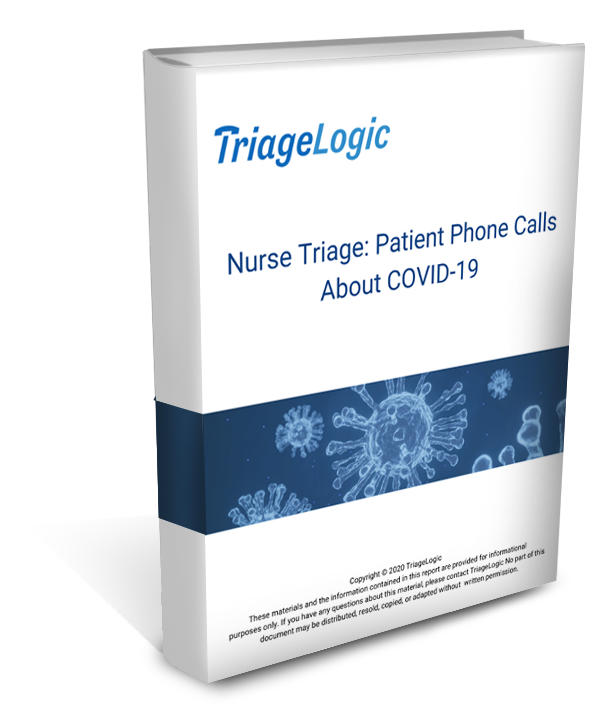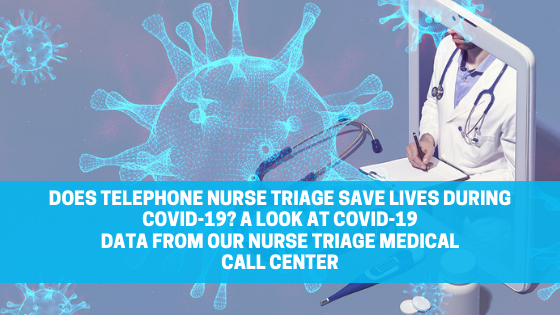Nurse triage has the potential to save patient lives, especially during the COVID-19 pandemic. Patients often don’t know what symptoms may be signs of serious medical problems. They might also be more hesitant to seek medical attention for fear of contracting COVID-19. Using a set of standardized protocols, telephone triage nurses assess patient symptoms and determine which symptoms are most serious and may need immediate medical attention. Protocols allow triage nurses to provide consistent care to patients. We surveyed patients and compared their responses with the disposition given to them by triage nurses to determine how many potential lives nurse triage saved during the COVID-19 pandemic.
Responses from the Patient Survey: Were You Planning to go to the ER?
We studied data from about 130,000 calls from our call centers over a period of 8 months from March 2020 through October 2020 during the COVID-19 pandemic. Each data entry contained information about the patient’s demographics, the patient’s disposition, and the triage protocol. In addition to evaluating patients and giving them a disposition for their symptoms, nurses asked patients whether or not they were planning to go to the Emergency Room (ER) prior to calling the nurse. Figure 1 provides a breakdown of the patient response on whether or not they were planning to go to the ER. We find that about 114,000 callers or 88% of patients were not planning on going to the ER.

Outcomes from Patient Phone Calls
Next, we looked at the caller dispositions given by the nurses. The patient’s disposition indicates the level of care that patients are assigned to by the triage nurse. The main categories of dispositions are: 911, Urgent, See Doctor in 24 to 72 hours, Other, and Homecare. Urgent refers to patients that were needed to go to the ER or seek other urgent care.
Of the 130,000 calls that we received over this time period, close to 50% of the callers were given homecare with no further follow up required within 48 hours. About 21% were classified as “urgent,” meaning that the patient needed to go to an emergency department or contact their physician immediately. The survey does not include cases where the patient called the triage nurse instead of calling 911. Once they called the nurse, they were told to go to 911.
For more information on dispositions and patient demographics, please refer to our previous article Data on Nurse Triage During COVID-19.

What Percentage of Callers Underestimate Their Symptoms?
Disposition Assigned by Triage Nurse for Patients That Were Not Planning to go to the ER
In the second part of our analysis, we compared survey responses with the patient’s disposition. In order to calculate potential lives saved during COVID with nurse triage, we focus on the 86% (115,000) patients that were not planning to go to the ER, indicated in blue in Figure 1. We looked at how many of these callers who were not planning to go to the ER were assigned an urgent disposition by the triage nurse. Figure 3 presents the assigned dispositions for patients who were not planning to go to the ER.

Of the patients who were not planning to go to the ER, almost 17% were assigned urgent dispositions. One in every six patients who was not planning to go to the ER needed urgent medical attention.
Not all patients who need to go to the ER may have life-threatening symptoms. However, the results of our analysis suggest that many patients underestimate the severity of their symptoms. COVID-19 may also make patients less inclined to seek medical attention. Nurse triage services provide a safe and effective way to direct patients to the appropriate level of care and help save lives.
Do you want your patients to have access to a triage nurse 24/7? Do you want your nurses to have standardized protocols to follow and document patient calls? Contact us today and find out how we can help.






